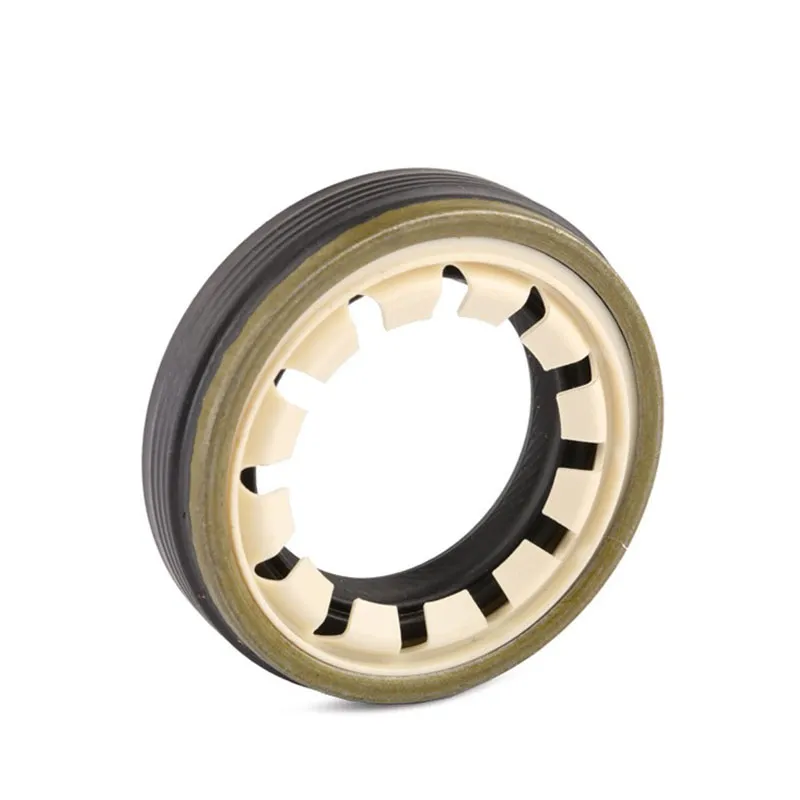Choosing the Right Axle Oil Seal for Your Vehicle Maintenance Needs
Understanding Axle Oil Seals Importance and Maintenance
An axle oil seal is a crucial component of any vehicle's drivetrain system, playing a vital role in maintaining the integrity and functionality of the axle assembly. These seals serve to prevent oil leaks from the axle housing, ensuring that the lubrication system operates efficiently and preventing contamination from external elements. Understanding their function, the types available, and the importance of maintenance can help vehicle owners ensure the longevity and reliability of their vehicles.
Function of Axle Oil Seals
The primary function of axle oil seals is to create a barrier between the axle and the external environment. They are typically made from durable materials such as rubber or silicone, designed to withstand the high pressures, temperatures, and external conditions associated with automotive applications. By keeping the lubricant contained within the axle housing, these seals prevent wear and tear on vital components like bearings and gears, which rely on a steady supply of clean oil for optimal performance.
Oil seals also play a role in keeping contaminants out of the axle assembly. Dust, dirt, and moisture can easily infiltrate a vehicle's components, leading to corrosion and premature wear. A properly functioning axle oil seal will stop these elements from getting in, thus preserving the integrity of the internal components.
Types of Axle Oil Seals
axle oil seal

There are various types of axle oil seals, each tailored for specific applications. The most common types include single-lip seals and double-lip seals. Single-lip seals provide a basic barrier against oil leakage, while double-lip seals offer enhanced protection, featuring an additional lip designed to further prevent the ingress of contaminants. Furthermore, some seals may include a spring-loaded feature to maintain pressure against the shaft, ensuring a tighter seal, especially in high-wear scenarios.
Importance of Maintenance
Regular maintenance of axle oil seals is imperative for vehicle longevity. Over time, rubber can degrade due to exposure to heat, chemicals, and environmental factors, leading to cracks or wear that may result in oil leaks. It is advisable for vehicle owners to check the condition of axle oil seals during routine inspections. Signs of wear can include fluid leaks near the axle housing or unusual noises during operation, which may signify a potential failure.
If leaks are detected, it is crucial to address the issue promptly. Replacing damaged or worn seals not only prevents further oil loss but also protects other drivetrain components from potential damage due to inadequate lubrication. In many cases, replacing an axle oil seal is a relatively simple and cost-effective repair that can save significantly on more extensive repairs down the road.
Conclusion
In summary, axle oil seals are essential components that protect a vehicle’s axle assembly from leaks and contamination. Understanding their function, types, and the need for regular maintenance can help keep vehicles running smoothly and efficiently. By being proactive in checking and replacing worn seals, vehicle owners can enhance their vehicle's performance and extend its lifespan, ultimately leading to a safer and more reliable driving experience.
-
Understanding the Front Main Engine Seal: Purpose, Maintenance, and Installation
News Jul.29,2025
-
Understanding O-Rings and Seal Rings: Types, Applications, and Custom Solutions
News Jul.29,2025
-
Understanding Crankshaft Oil Seals: Rear Seals, Pulley Seals, and Their Role in Engine Integrity
News Jul.29,2025
-
The Importance of Front and Rear Crankshaft Seals in Engine Performance and Oil Management
News Jul.29,2025
-
Crank Oil Seals: Functions, Types, and Cost Considerations in Engine Maintenance
News Jul.29,2025
-
A Comprehensive Guide to O-Rings and Seals: Types, Materials, and Global Applications
News Jul.29,2025
-
Mastering Diesel and Performance Engine Maintenance: A Guide to Critical Oil Gaskets
News Jul.28,2025
Products categories















